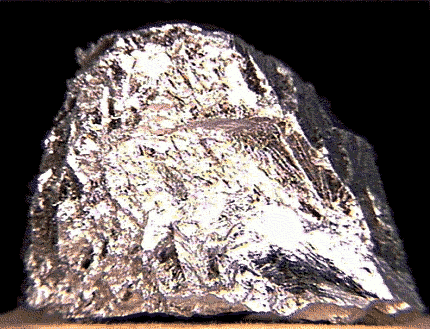

Trivalent chromium has low toxicity, meaning it is not very harmful to your body. What if I get too much trivalent chromium? Trivalent chromium deficiency is extremely rare and has only been reported in hospital patients unable to eat and who receive intravenous nutrition over a long period of time. Trivalent chromium plays a role in regulating sugar and fat metabolism, but it is not clear how it does this. How can trivalent chromium affect my health? What if I don’t get enough trivalent chromium? It is also an essential nutrient for normal function of the human body as it helps regulate how your body processes fats and sugars. Trivalent chromium (chromium III) is the most chemically stable form of chromium and it is the most common natural form found in the earth’s crust. What is trivalent chromium (chromium III)? The effects of exposure to humans depends on what form of chromium a person is exposed to, how much a person has been exposed to and whether it was inhaled, swallowed or contacted the skin. The most abundant forms of chromium in the environment are trivalent chromium (chromium III) and hexavalent chromium (chromium VI).

Chromium has oxidation states ranging from chromium II to chromium VI. Chemically, chromium can form what is known as different oxidation states (different forms) – it is these states that determine how toxic chromium is. Some forms of chromium are essential for the human body to function while other forms are toxic to humans.Įxposure to toxic forms of chromium can occur in some work environments and sometimes in the general population due to contamination of our environment.Ĭhromium (chemical symbol Cr) is a naturally occurring element found in rocks, soil, water, plants, and animals. Chromium is a naturally occurring element.


 0 kommentar(er)
0 kommentar(er)
